Philodendrons are members of a very large family of climbing plants. Their name suggests their tree-loving nature highlighted by the tenacity with which their aerial roots clasp trees and all other forms of support available at hand .Their variety in leaf shape, colour and climbing habit makes these excellent candidates for pot culture or for growing in boxed beds in verandahs and porticos. One spies the giant, marbled, yellow-green leaves of a particular species clinging alongside tall ancient trees in gardens of houses of an era bygone and their less significant cousins growing in almost every house under the name of ‘money plant.’ Their relationship to money seemingly comes from the multitude of leaves that arise from a well-nourished and cared- for plant.
All the species grow by sending out aerial roots at each leaf node. The roots attach themselves to the bark of trees, dried branches, moss-sticks, even brick and stone masonry. These aerial roots can absorb nutrients but the plant depends mostly on roots that flourish under the soil. There are, however, some species that do not conform to the climbing habit. Instead they form short, stout stems carrying leaves loosely arranged in a rosette. Some species with smaller leaves can form very long, trailing vines. The leaves of the philodendron species are varied in shape — heart, lance, arrow or spatula shapes with smooth, indented or deeply-lobed edges contributing to the variety. Whatever the plant’s habit, all philodendrons have glossy, leathery leaves with bright upper surfaces and a slightly duller texture on the underside. The colours range from glossy dark green to lemon green; marbled in a mixture of green, lemon and reddish tinges, solid dark reddish green with bright undersides.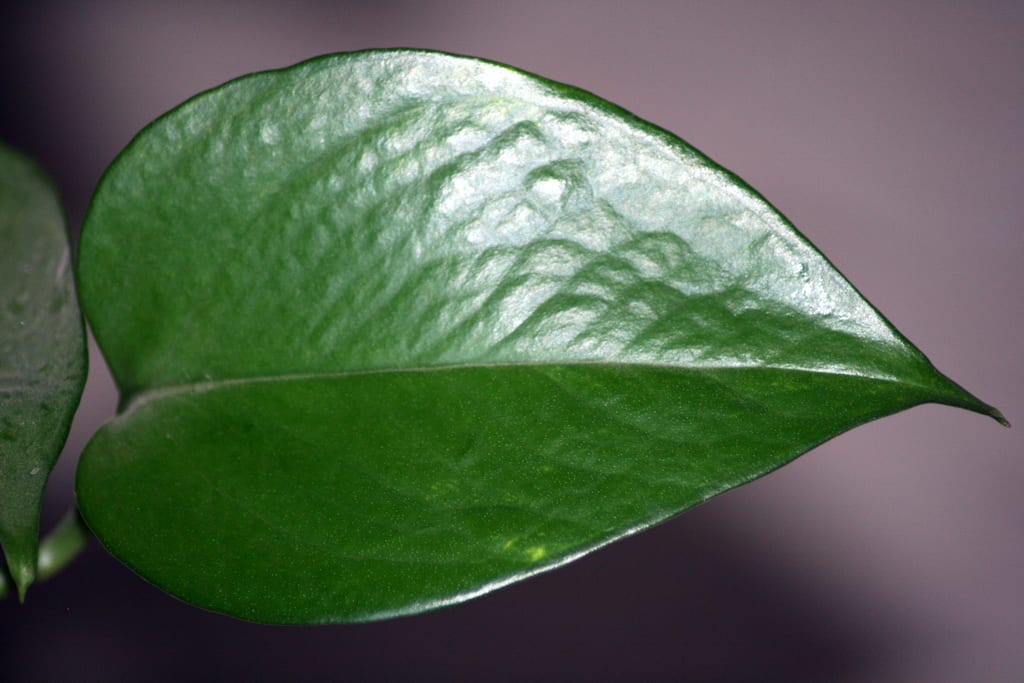
The leaf stalks vary in length from a few inches to a foot or more. It is the leaves that provide the plant’s attraction with its variety of shape and colour. They have insignificant blooms when they do appear and at best are blights on the overall picture of shiny health that the plants manage to convey. A word of caution for those purchasing new species: The leaves of very young plants are often quite unrecognisable from those of grown-up versions. To get an idea, always ask to see the older plant that the nursery man is bound to have tucked away somewhere. Philodendrons are easy to propagate from small stems containing a few nodes. Use a coarse, sandy soil mixed with equal parts of leaf mould and well rotten cow-dung manure. Ensure good drainage of the pot and plant the stem at least a node deep, preferably tucking all long aerial roots in the vicinity into the soil. Water profusely and set in semi-shade. Signs of new growth are sure indicators that the plant has taken root.
Move to a spot with bright indirect light. Support the plant with a moss-stick or bark-covered stake, tying up with soft twine to ensure that aerial roots get a good hold on the support provided. Philodendrons need no special care except being kept out of direct sun. Too little light is quickly evident as new growth issues in a markedly paler shade with elongated gaps between the nodes. The leaves should be kept glossy by frequently sponging dust and hard water deposits off the leaves. Spraying the leaves during watering is recommended as often as possible. Pots designated for indoors should ideally catch a few hours of early morning sun after which they can be doused and brought indoors when they dry up. Leaf-cutting insects manage to disfigure the leaves and should be kept at bay. F
ertilise with liquid manure once a fortnight, letting a little soak into the moss stick if one has been provided . Cut away dead growth and leaves at the first opportunity. Take care that the sap does not get onto the clothing as the stains may become permanent with some species. Keeping the plant in place where it is subjected to gusty winds will lead to torn and unsightly leaves. Let half an inch of soil dry out between successive watering to avoid the risk of fungal damage both to the stem and the leaves.

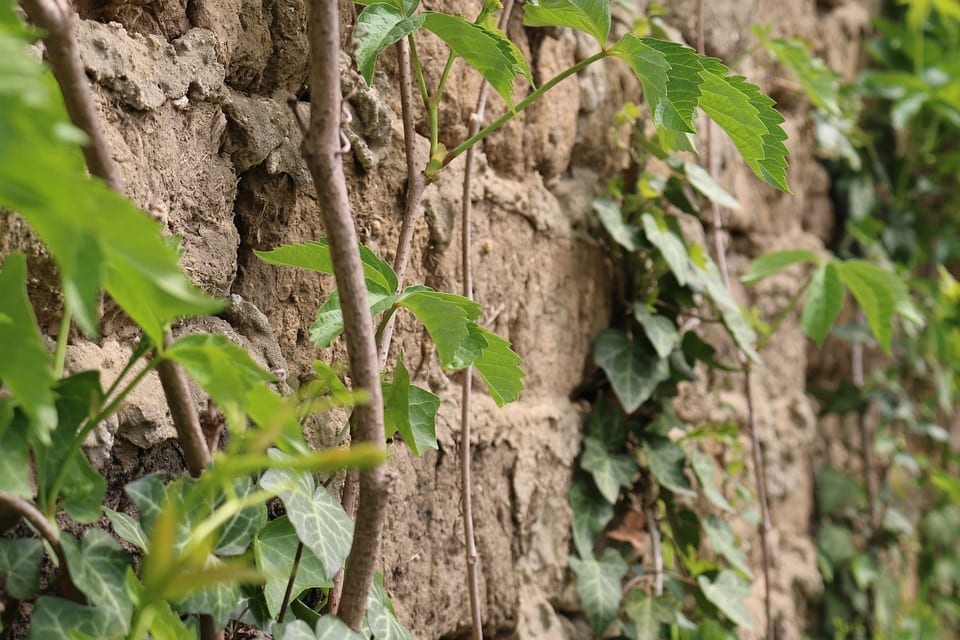
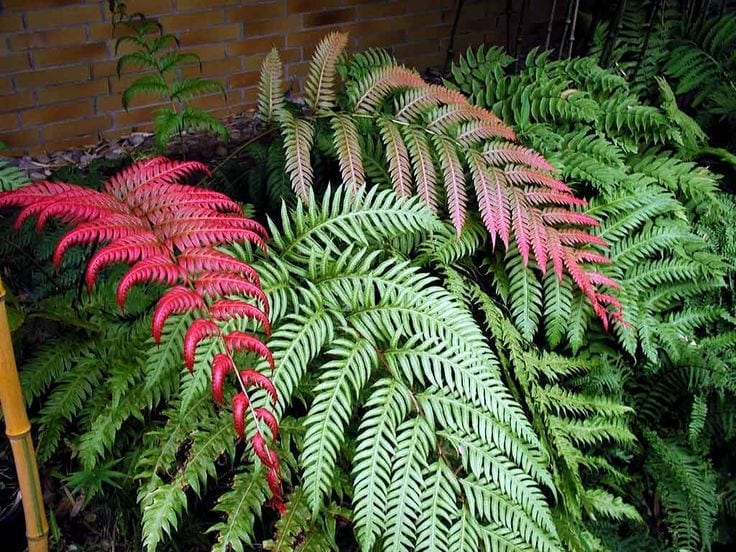
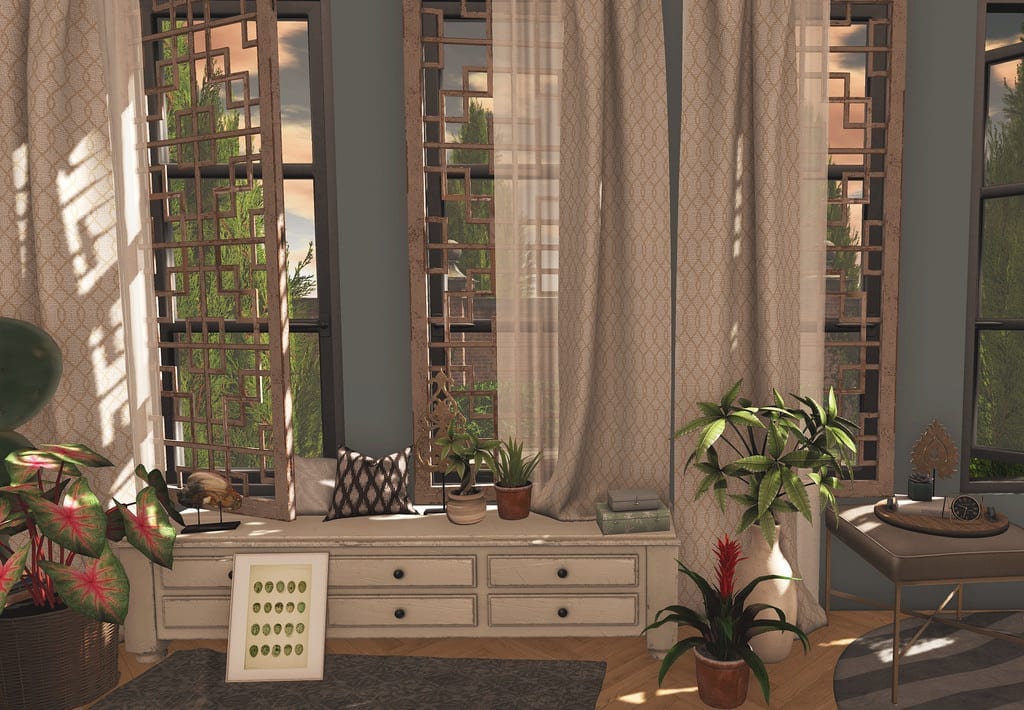
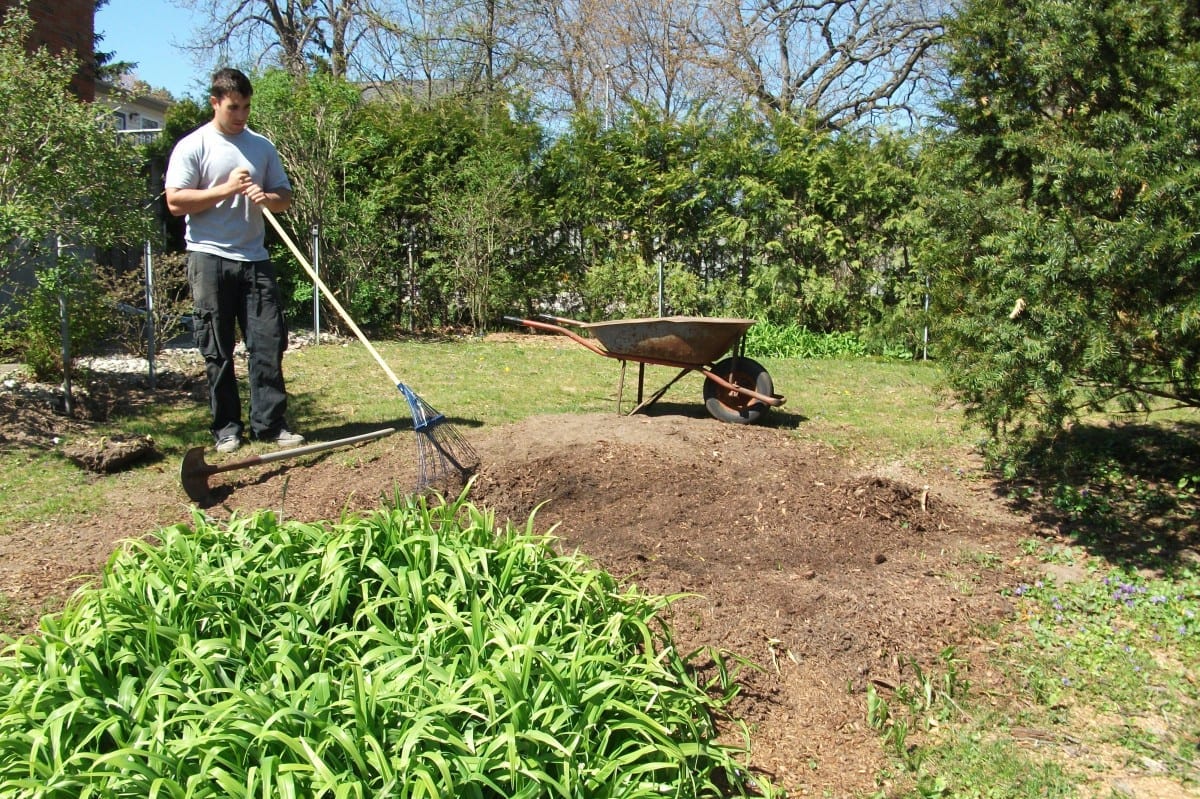
Be the first to comment on "Climbing creepers"